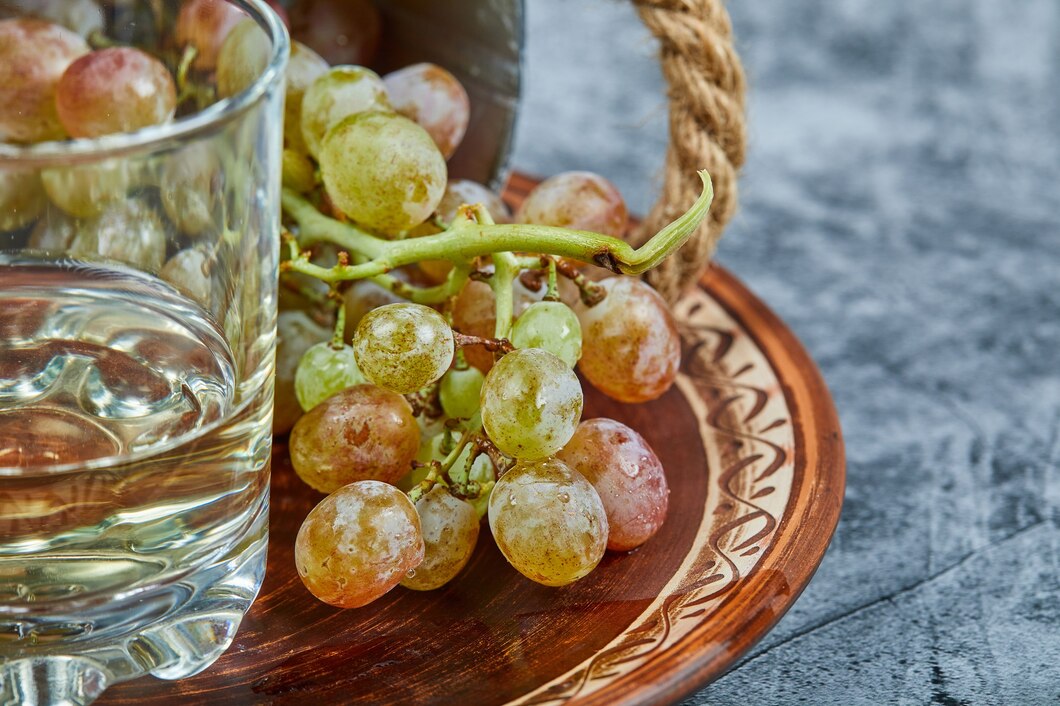Elevating Wine Enjoyment: Exploring Optimal White Wine Treatment Materials
In the world of oenology, where every sip tells a story and every aroma evokes a memory, the choice of wine treatment materials holds profound significance. From fermentation vessels to aging barrels, the selection of materials profoundly impacts the flavor profile, texture, and overall quality of white wines. In this exploration, we delve into the realm of optimal white wine treatment materials, uncovering the secrets behind crafting extraordinary vintages that captivate the senses and elevate the wine-drinking experience to new heights.
At the heart of white wine production lies a delicate balance between tradition and innovation, where winemakers carefully select materials that enhance the inherent characteristics of the grape varietals while imparting unique nuances and complexities to the final product. Among the myriad of options, several key materials have emerged as pillars of excellence in white wine treatment.

Oak barrels stand as timeless icons in the world of winemaking, revered for their ability to impart depth, complexity, and structure to white wines. French oak, renowned for its fine grain and subtle flavors of vanilla, spice, and toast, remains a coveted choice among winemakers seeking to elevate their vintages to unparalleled heights. Similarly, American oak lends white wines a robust character, with notes of caramel, coconut, and dill enriching the palate with layers of flavor and texture.
In recent years, stainless steel tanks have emerged as indispensable tools in optimum white wine treatment, offering winemakers unparalleled control over fermentation and aging processes. Stainless steel's inert nature preserves the purity of fruit flavors and aromatics, allowing varietal characteristics to shine with pristine clarity. Moreover, stainless steel's non-porous surface minimizes oxidation and microbial contamination, ensuring the freshness and vibrancy of white wines from crush to bottle.
Beyond oak and stainless steel, concrete tanks have experienced a renaissance in white wine treatment, celebrated for their ability to impart minerality, texture, and complexity to vintages. Concrete's porous nature allows for gentle oxygenation and micro-oxygenation, facilitating the development of nuanced flavors and enhancing mouthfeel without overshadowing varietal expression. Additionally, concrete's thermal inertia provides natural temperature stability during fermentation and aging, resulting in white wines of exceptional balance and finesse.
In the pursuit of perfection, winemakers often employ a combination of treatment materials, leveraging the unique attributes of each to create harmonious blends that showcase the best of both worlds. From oak-aged Chardonnays to stainless steel-fermented Sauvignon Blancs, the marriage of diverse treatment materials unlocks a symphony of flavors and textures that captivate the senses and linger long after the last drop is savored.
As the world of optimum white wine treatment continues to evolve, winemakers are embracing experimentation and innovation, pushing the boundaries of tradition to craft vintages that defy expectations and redefine excellence. From amphorae to concrete eggs, alternative treatment materials are gaining traction, offering winemakers new avenues for creativity and expression while honoring the time-honored traditions that have shaped the art of winemaking for centuries.
In conclusion, the selection of optimal white wine treatment materials is a testament to the artistry and dedication of winemakers worldwide. By harnessing the unique characteristics of oak, stainless steel, concrete, and beyond, winemakers craft vintages that transcend the ordinary, inviting wine enthusiasts on a sensory journey of discovery and delight. As we raise our glasses to toast the fruits of their labor, let us savor each sip and celebrate the craftsmanship and passion that elevate white wine to its rightful place among the world's most cherished libations.





